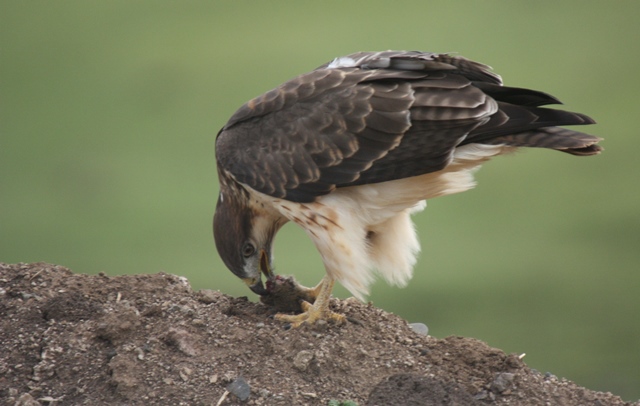

To see what time of day birds were starting their migrations, the team filtered out the departures of birds leaving on short flights. All told, the tracking data covered nearly 400 individual birds from 2014 to 2019.Īrmed with this wealth of tracking data, researchers were able to determine the exact date and time that birds were departing on their migratory flights. To get at these questions, these two studies brought together datasets from multiple research programs that used radio tracking devices and a network of automated telemetry stations operated by the Motus Wildlife Tracking System to monitor the movements of nine species of songbirds, including Kirtland’s warbler, Swainson’s thrush and the American Redstart at breeding sites in Michigan, Alaska, Quebec and Nova Scotia and overwintering sites in Jamaica and the Bahamas. “There must be something special about these particular days for so many to leave at once. “It wasn’t just a steady stream of birds leaving every day, it was big pulses of birds leaving on just a handful of days,” Cooper said. However, it was unclear how birds prioritize this information in the wild when making decisions about when to depart on a lengthy migration.Ĭooper was able to fill in this songbird migration knowledge gap with tracking data from a Kirtland’s warbler study that showed something striking during the four- to six-week departure period for the birds’ spring migration. Researchers have also previously demonstrated in the lab that birds are capable of detecting changes in atmospheric pressure, and while studies have not been totally conclusive, there is evidence suggesting birds perceive these pressure changes with a structure inside their middle ear called the paratympanic organ. Cooper said the likely explanation is that shorter trips are less demanding and thus allow a wider diversity of departure times. By filtering out these minor excursions, the team was able to reveal the much narrower preferred takeoff window for major migrations. A key distinction between these two new studies from those of the past is Cooper and his co-authors tracked birds as they first departed their overwintering and breeding sites each year, and by tracking birds over the following days, they were able to use these data to tease apart which birds were departing on shorter trips and which ones were beginning their migration in earnest. Based on this preference for night flight, researchers have predicted for decades that a departure time shortly after sunset would make the most sense because it maximizes flight time in darkness.ĭespite these theoretical predictions, actual studies of wild birds failed to produce the expected pattern. The darkness gives them access to celestial cues that aid in navigation, and cooler temperatures guard against overheating and provide protection from daytime predators. Scientists have long known that most birds make their migratory flights at night. Individual birds were most likely to depart on nights when atmospheric pressure had been rising over the past 24 hours-typically a sign of fair weather over the next several days. The second paper, also in Movement Ecology, finds birds use changes in atmospheric pressure to pick which day to take to the skies. Using a huge tracking dataset spanning nine species from across North America, Cooper and co-authors report 90% of birds beginning migration started their migratory flights within just a 69-minute window after dusk. “We now know these feathered travelers begin their long-distance journey during the darkest stages of twilight and, just like mini-meteorologists, songbirds track atmospheric pressure to ensure safe and efficient flights.” “These two findings significantly advance our knowledge of the decision-making process that songbirds use at the beginning of migration,” Cooper said. In two studies published today in Movement Ecology, Nathan Cooper, research ecologist for the Smithsonian’s National Zoo and Conservation Biology Institute, and co-authors reveal new information about when migratory songbirds begin their long-distance journeys. Every spring and fall billions of birds fly thousands of miles to reach their breeding and wintering grounds, yet some of the most basic details of these astonishing avian pilgrimages remain murky.


 0 kommentar(er)
0 kommentar(er)
